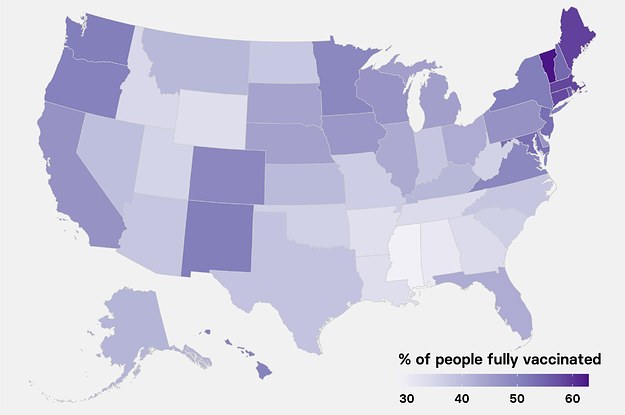The moss scientist and bestselling author reveals the secrets of these primitive plants – and what they might teach us about surviving the climate crisis
Robin Wall Kimmerer can recall almost to the day when she first fell under the unlikely spell of moss. “It’s kind of embarrassing,” she says. “I’ve always been engaged with plants, because I grew up in the countryside. That was my world. But mosses I’d set aside in my mind as not worthy of attention. I was studying to be a forest ecologist. That little green scum on the rocks: how interesting could it really be? Only then there came a point when I’d taken every botany class our university had to offer, except one: the ecology of mosses. I thought I’d do it, just so I could say that I’d taken them all. It was love at first sight. I remember looking with a lens at these big glacial erratic boulders that were covered in moss, and thinking: there’s a whole world here to be discovered.” Ever since, she has rarely left her house for a walk without such a lens on a string around her neck.
Kimmerer, a professor of environmental biology and the director of the Centre for Native Peoples and the Environment at the State University of New York in Syracuse, is probably the most well-known bryologist at work in the world today. She may be, in fact, the only well-known bryologist at work today (bryology is the study of mosses and liverworts), at least among the general public. But her unlikely success – her fans include the writer Robert Macfarlane and the Pulitzer prize-winning novelist Richard Powers, who gives daily thanks for what he calls her “endless knowledge” – hardly arrived overnight. In 2013, Kimmerer, a member of the Citizen Potawatomi Nation of Oklahoma, quietly published a book called Braiding Sweetgrass: Indigenous Wisdom, Scientific Knowledge, and the Teaching of Plants – a (seemingly) niche read from a small US press.
Continue reading...
